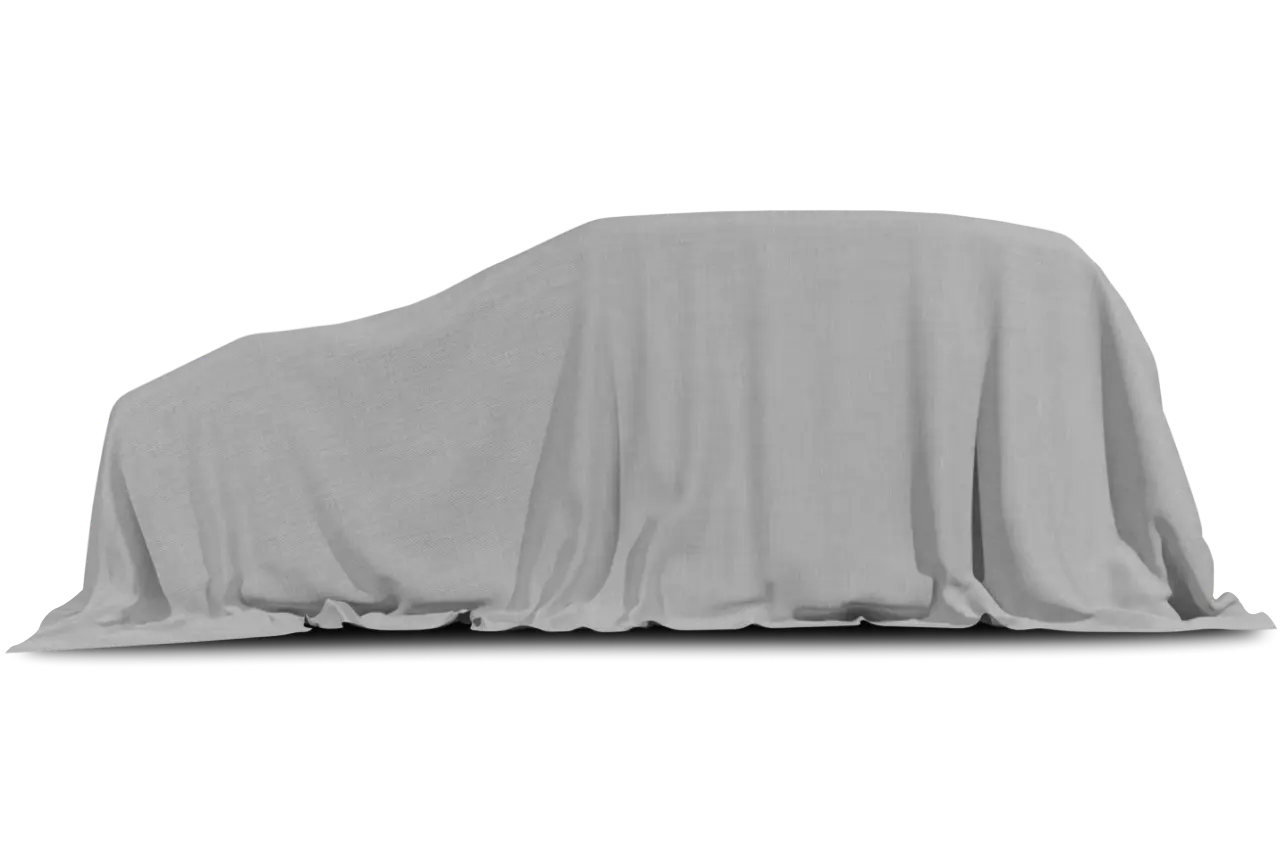
As fuel prices have risen and sales of sport utility vehicles have tanked this year, there have been a few bright spots for the automakers.
Among them are the luxury SUVs, whose buyers have been somewhat immune to the economic downturn and high pump prices.
But even those buyers have shown some restraint, probably because of worry about the value of their own stock portfolios in the current economy.
With that in mind, a buyer who last year might have chosen a premium SUV in the $75,000-$100,000 range might be ready to cut back a little and choose something like the Range Rover Sport, with a price tag just under $60,000.
Even this vehicle is too expensive for many consumers, but it rings up as something of a bargain when compared with such vehicles as the $63,000-plus Toyota Land Cruiser and its clone, the $75,000 Lexus LX 570, or even the Volkswagen Touareg diesel, which starts just over $68,000.
The ALG gave the 2008 Sport its Residual Value Award in the luxury crossover utility vehicle segment, indicating that this vehicle should have the highest residual value among all the entries in this class at the end of a three-year lease.
And even against its own Range Rover stable mates, the Sport is a value leader. The other Range Rover models — ones without “Sport” in their names — begin at $77,600, and range to $100,000 or more with options.
Besides the decent starting price and expected higher-than-average resale value, the Range Rover Sport is a great family vehicle that is just as much fun to drive off the road as it is on the highway.
This is a vehicle that’s as much at home at the country club as it is on the hunting lease.
It’s a product of Land Rover, the British luxury-SUV maker that was purchased earlier this year by India’s Tata Motors from Ford Motor Co., which itself had bought the brand from Germany’s BMW in 2000. Tata purchased Jaguar from Ford at the same time that it took over Land Rover.
Despite the ownership change, everything remains the same at Land Rover, and these vehicles are still manufactured in the United Kingdom by the people who have been building them for years.
Land Rover builds the Sport on a different chassis from the regular Range Rover, but the vehicles share engines, transmissions and some other components.
Two versions of the Sport are offered, the lower-price HSE model with a normally aspirated engine, and the Supercharged model, which begins at $71,675. The parallels in the more-expensive Range Rover (not Sport) line are an HSE model that begins at the $77,600 price and a Supercharged model that starts at just over $93,000.
Our tester was the Sport HSE model, which comes with a 4.4-liter V-8 engine rated at 300 horsepower and 315 foot-pounds of torque, the same engine used in the regular Range Rover HSE. This engine is connected to a six-speed automatic transmission, providing EPA fuel-economy ratings of 12 miles per gallon city/18 highway, about typical for a vehicle in this class.
Among a long list of standard equipment is permanent, fulltime four-wheel-drive, which includes a two-speed transfer case with low-range gearing for serious off-road driving.
In Land Rover’s U.S. lineup, the Sport fits between the midsize Land Rover LR3, which begins about $48,500, and the regular Range Rover line. Below that is the LR2, new for 2008, which replaced the former entry-level model called the Freelander. The LR2 begins at just under $34,000.
The LR3 was introduced for 2005 to replace the discontinued Discovery. It shares its basic architecture with the Range Rover Sport, a chassis designed by Land Rover under Ford ownership. The more-expensive Range Rover is slightly larger and on a chassis that was developed while Land Rover was part of BMW.
The Sport was designed to compete with the BMW X5, Mercedes-Benz M-class, Porsche Cayenne and Lexus LX 570. Not having a model directly competing with those vehicles was hampering Land Rover’s efforts to expand its sales and bring its products into the premium-SUV mainstream.
Land Rover created the luxury SUV class with the 1987 introduction of the Range Rover in the United States. In the early ’90s, Range Rover prices began in the upper $30,000s, but today, that’s what you’d pay for a non-luxury brand SUV.
The Discovery model, which began at just over $35,000, wasn’t as luxurious as a Range Rover, and drew a distinctly different clientele. The LR3 was built on a new chassis derived but substantially different from that of the current Range Rover, which was introduced in 2002.
Land Rover shortened the chassis of the LR3 to a 108-inch wheelbase from nearly 114 inches for the Range Rover Sport. While the Sport has the underpinnings of the LR3, its styling is similar to that of the regular Range Rover. It’s less formal than the Range Rover, more rounded and aerodynamic. Its 0.36 coefficient of drag is among the lowest of all sport utility vehicles.
The Sport seats up to five people, and no third row is offered in this model or in the more-expensive Range Rover line. The LR3 is the only one with a third row.
But the Sport offers a much cheaper way to get a supercharged version of a Range Rover product. The Range Rover model with the 4.2-liter supercharged is rated at 400 horsepower, while the Sport model with its own version of that engine is rated at 390 horsepower (and costs about $22,000 less). Both engines in the Range Rover Sport models were developed from Jaguar designs.
These vehicles have arguably the best off-road system on the market, which includes standard center- and optional rear-locking differentials. At the heart of the system is the computerized “Terrain Response,” which has settings to match the vehicle to the type of terrain such as rock, sand or snow.
Granted, not many people who buy vehicles this expensive plan to take into the wild. But they like the idea that they can take these vehicles anywhere at any time, even if they usually don’t.
Premium features include sport leather seats, dual-zone automatic climate control, 550-watt audio system with six-disc CD changer, ultrasonic parking assist, GPS navigation, automatic bi-xenon headlights with power washers, side-curtain air bags front and rear, and four-corner automatic-leveling air suspension with three manual settings.
Our test vehicle’s list price was $58,225, and the only option was Sirius satellite radio ($400). With $775 freight, the total sticker price was $59,400.
There are some options available, however. They include a Luxury Interior Package ($3,000), which brings premium heated front and rear leather seats, adaptive headlights (they turn slightly in the direction the vehicle is turning), wood trim, and a cooler box.
Also available are a rear-seat entertainment system ($2,500); 20-inch alloy wheels ($4,000); a cold-climate package ($1,300); and the rear differential lock ($500).
The automotive columns of G. Chambers Williams III have appeared regularly in the Star-Telegram since 1995. Contact him at 210-250-3236; chambers@ star-telegram.com.
At a Glance:
2008 Range Rover Sport The package: Midsize, five-door, five-passenger, V-8 powered, fulltime four-wheel-drive, luxury sport utility.
Highlights: A new model for Land Rover two years ago, the Sport is priced between the Land Rover LR3 and the more-expensive Range Rover. It comes in normally aspirated and supercharged versions, loaded with high-tech features and amenities.
Negatives: No third seat available; poor fuel economy.
Engine: 4.2-liter supercharged V-8; 4.4-liter normally aspirated V-8.
Transmission: Six-speed automatic.
Power/torque: 300 HP/315 foot-pounds (4.4-liter); 390 HP/410 foot-pounds (Supercharged 4.2-liter).
Length: 188.5 inches.
Curb weight: 5,648-5,671 pounds.
Brakes, front/rear: Disc/disc, antilock.
Cargo volume: 71 cubic feet (rear seat folded).
Fuel capacity/type: 23.2 gallons/unleaded premium.
EPA fuel economy: 12 miles per gallon city/18 highway (4.4-liter).
Major competitors: Porsche Cayenne, Mercedes-Benz M-class, BMW X5, Audi Q7, Lexus LX 570/Toyota Land Cruiser.
Base price range: $58,225 (HSE)-$71,675 (Supercharged), plus $775 freight.
Price as tested: $59,400 (HSE model with freight and Sirius satellite radio option).
On the Road rating: 8.3 (of a possible 10).
Prices shown are manufacturer’s suggested retail; actual selling price may vary.





































.jpg)